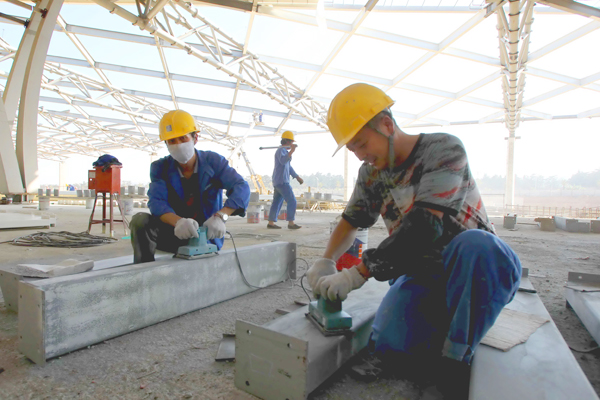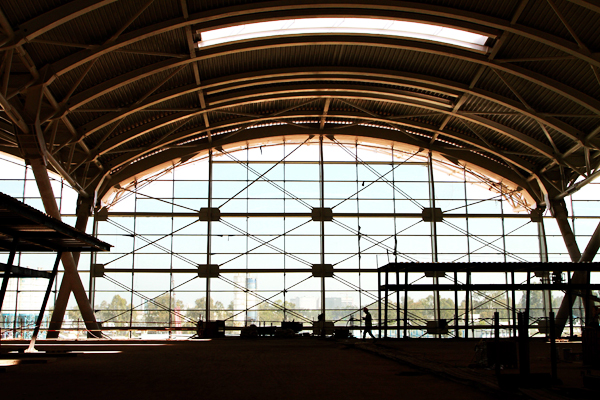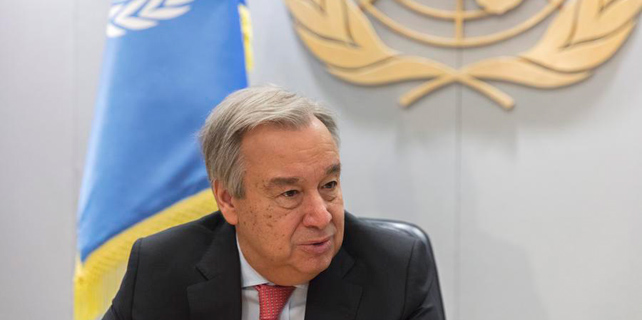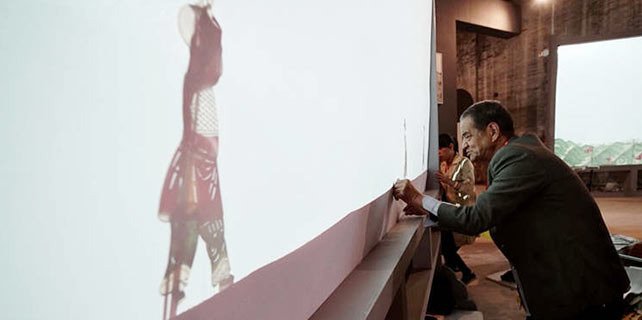Century's greatest economic plan enriches lives
 |
|
Staff of China State Construction Engineering Corporation work on a project in Algeria. After entering the north African country in 1982, CSCEC has grown to be the largest construction company in Algeria. XINHUA |
Technicians, laborers, supervisors... show visionary initiative's soft power
BEIJING - As China presses ahead with the Belt and Road Initiative, Chinese workers have become key to transformation of countries and regions covered by what is arguably the greatest economic project of the century.
Besides contributing skills, expertise and labor, they mingle and live with local people and colleagues, learn from each other and enrich lives, thereby creating overall harmony and prosperity.
The following snapshots capture the essence of the human interest stories underlying the initiative.
A gauger in his 20s aces Algeria's rough terrain: In Algeria, the largest country in Africa, a young Chinese construction team from China State Construction Engineering Corporation are building a highway that penetrates the Atlas Mountains, a project that links the Mediterranean regions with the Sahara.
Among the workers is Yang Yang, a gauger in his 20s who has been working on the project since 2013.
The complicated terrain has made the highway the most difficult one of Algeria's infrustracture projects. For years, Yang led his fellow workers through the dangerous canyons of the mountains every morning, irrespective of the severity of the weather.
Yang knows the importance of his job to the whole project-just a tiny error could result in tremendous losses. He would rack his brain, crunch big data using a calculator and a computer, all to ensure the accuracy and reliability of data.
He believes in 'no pain, no gain': Tunnel 2 was successfully integrated into the mainbody of the highway on Dec 15, 2016. With a length of 2,425 meters, the project is Algeria's longest highway tunnel to date.
Power man thrives in Guinea's broiling heat: The "Made by China" stamp is ubiquitous in the west corner of Africa.
About 150 km northeast from Conakry, capital of Guinea, a big waterfall appears above the Konkoure River. This is where the Kaleta Hydropower Station is located, a power project built by China International Water and Electric Corporation in merely three years.
"As builders, we have to work in the heat. Our hair is always wet (with sweat), and after a day's work, our clothes are soaked in sweat (too)," said Wang Xiaoyi, a Kaleta worker.
The torrid conditions continute to torment the Chinese workers at night too. The mini generator in their dormitory does not generate enough electricity to power air conditioners and electric fans. This makes sound sleep a distant dream.
But Wang persuades himself to carry on. "I tell myself to think of the people who live in utter darkness, that I should be like a candlelight to them."
Now, after supplying enough electricity to the capital and 11 provinces, the station was given a new mission: to produce electricity for neighboring countries such as Gambia, Senegal, Mali and Guinea-Bissau in the near future.
On the same river 135 km away from Conakry, the even larger Souapiti Hydropower Station is being built by CWE. Upon completion, Guinea, a country once short of power, will become a power exporter in West Africa.
 |
|
China State Construction Engineering Corporation's airport project in Algeria. XINHUA |
Chinese project head brightens Cambodia: Some desolate areas in the Southeast Asian country of Cambodia are turning habitable, thanks to Chinese help.
For instance, Stung Russei Chrum, a river running through the uninhabited valley in Cambodia's southwest, had been nothing but a "lonely island", excluded from the national electricity grid until 2010. That's when China Huadian Corporation began to build the biggest hydropower plant in Cambodia.
The construction of the plant was completed nine months ahead of schedule, quite a feat considering the difficulties confronting the Chinese workers-minefields, rainstorms and a continuous lack of technicians.
"We had hand grenades dug up in construction sites even after the United Nations personnel demined the area," said Le Jianhua, head of the project, referring to a nearly 30-year civil war that officially ended in 1999.
Cambodian Minister of Mines and Energy Suy Sem spoke highly of the Chinese expertise, hard work and Chinese workers' cooperation with their Cambodian counterparts during and after the construction.
"Without them (Chinese workers), things would not have been done so smoothly, and the cost would have been much higher," he said.
With an installed capacity of 338 megawatts, the project has met almost half of Cambodia's peak-time power demand in 2013.
At the official launch in January 2015, Prime Minister Samdech Techo Hun Sen highlighted the project as a significant contribution to Cambodia's economic growth, social development and poverty reduction.
Keat Makara, a Cambodian college graduate who works as an operations supervisor with this project, has been eager to learn modern management methods from training offered by the Chinese.
"We lack experience, so we need to learn from the Chinese," he said in fluent Chinese.
In fact, the plant is among the six hydropower plants CHD has helped build and run for Cambodia since 2000. Together, they supply 47 percent of Cambodia's power, benefiting 72 percent of its villages.
However, CHD's mission is far from finished, at least in Le's eyes. "We have yet to train the Cambodian staff and help establish a management system as well as professional codes and standards. It's all for the plant's future development."
















